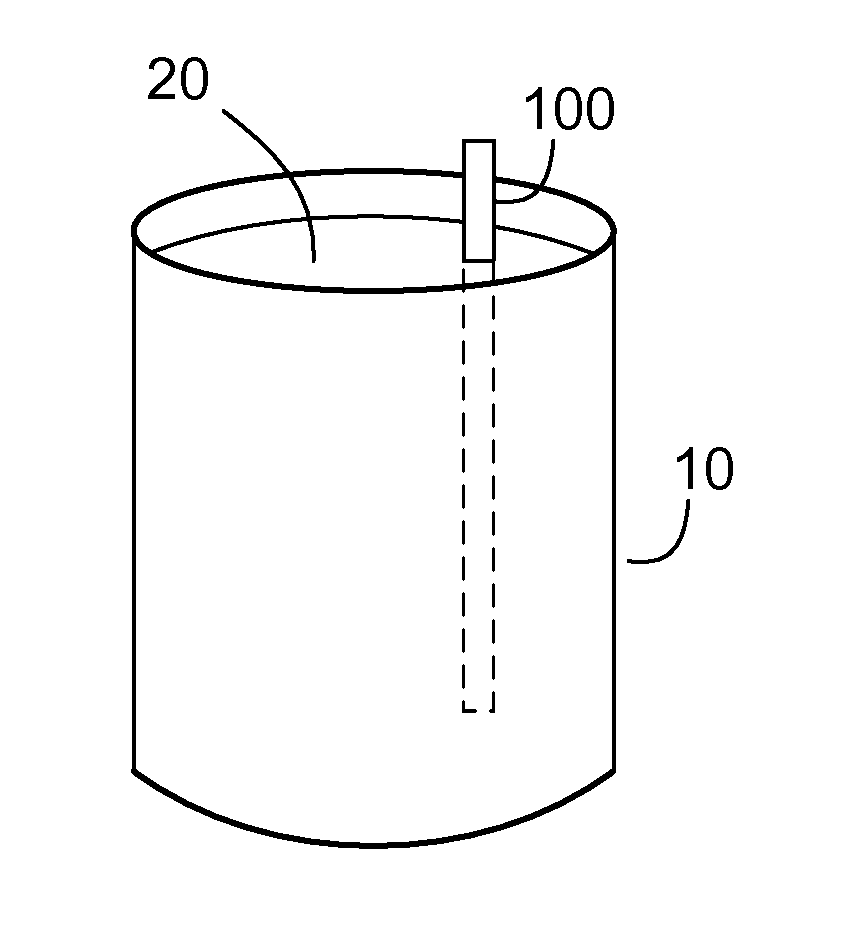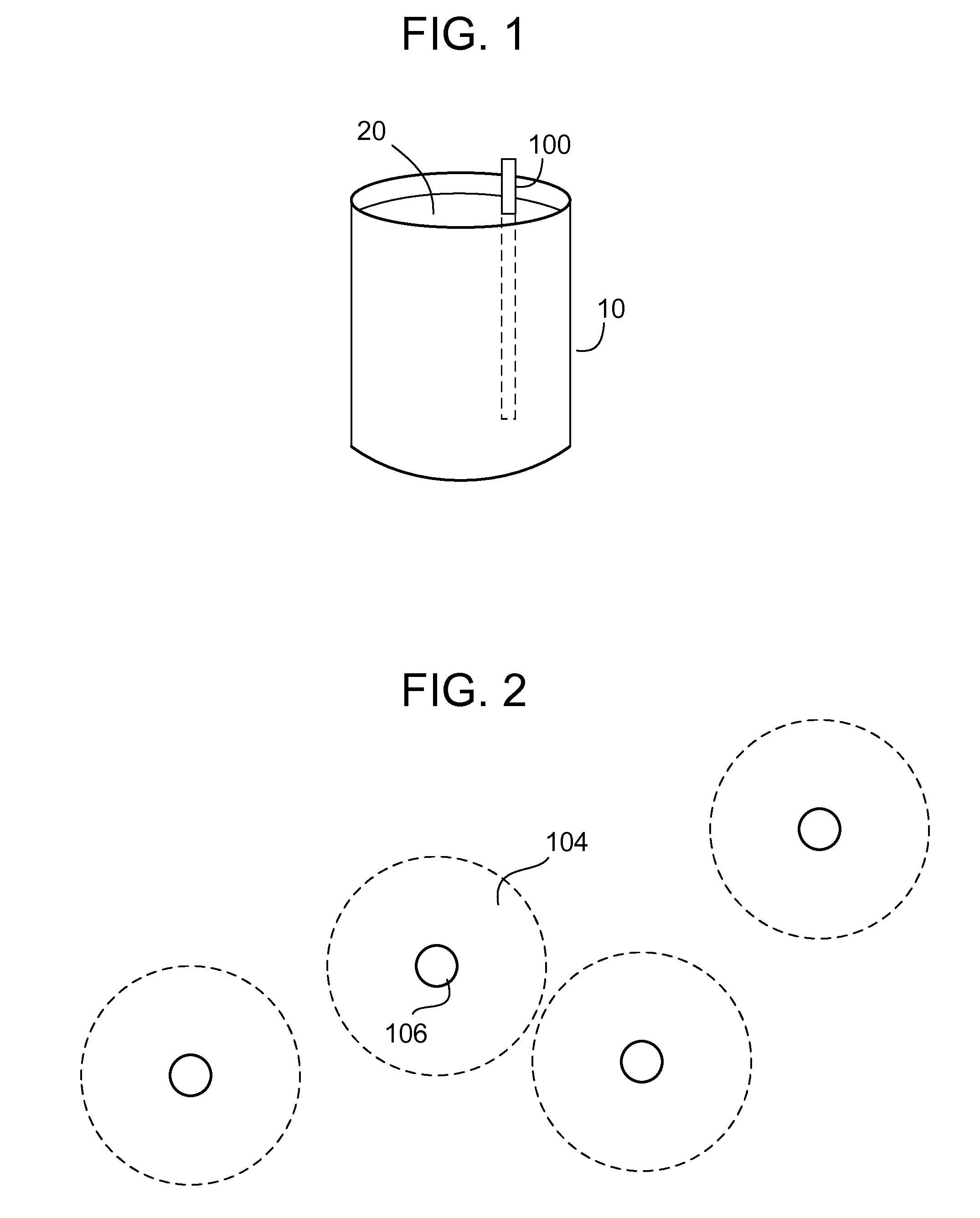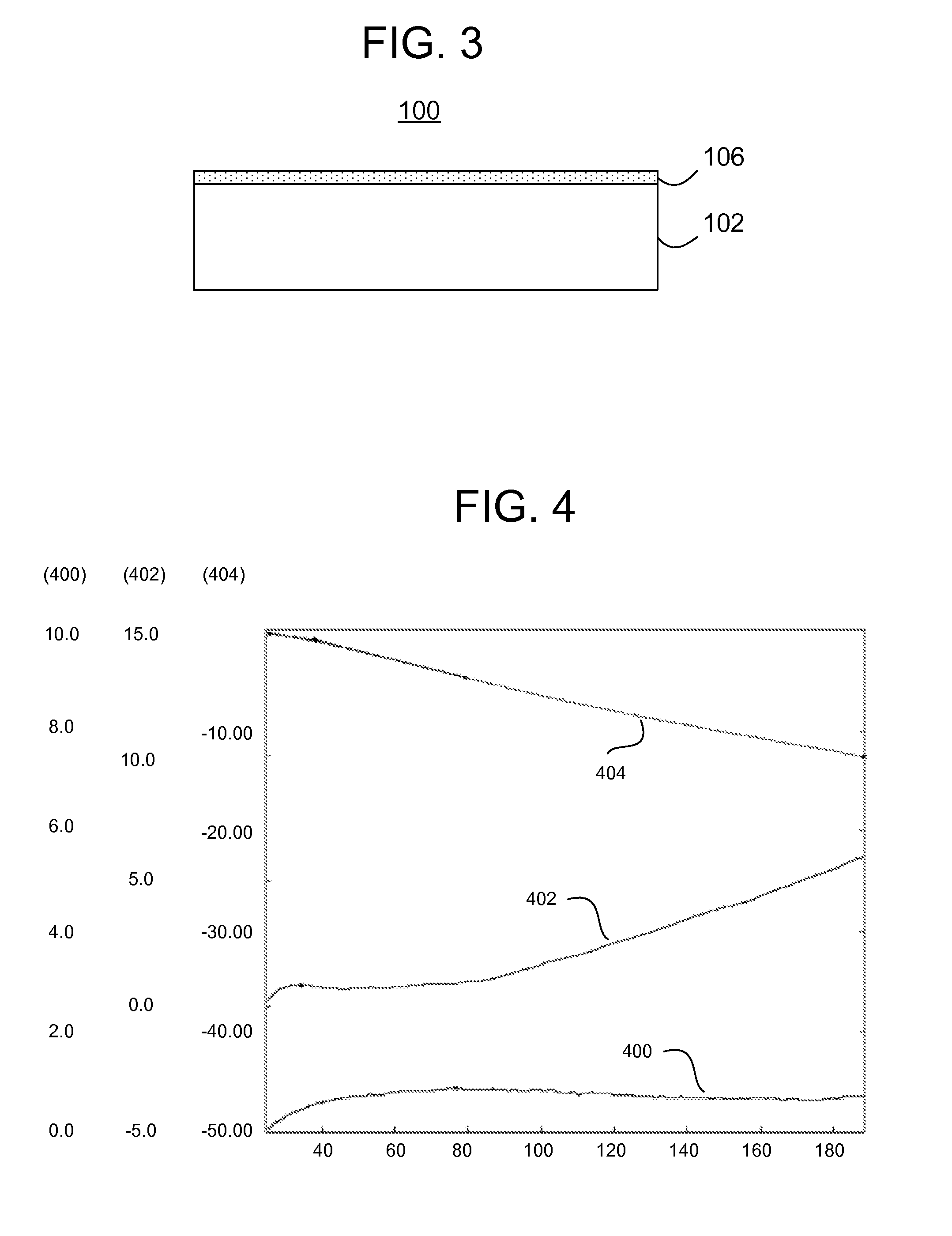Methods and apparatus for synthesis of stabilized zero valent nanoparticles
a technology of zero valent nanoparticles and stabilized nanoparticles, which is applied in the direction of water softening, other chemical processes, waste water treatment from quaries, etc., can solve the problems of synthesis and application, limited technology, inherent environmental instability of particles themselves, etc., to prevent rapid deactivation, prevent agglomeration, and good stabilize the effect of nanoparticles
- Summary
- Abstract
- Description
- Claims
- Application Information
AI Technical Summary
Benefits of technology
Problems solved by technology
Method used
Image
Examples
Embodiment Construction
[0020]Various embodiments disclosed herein are directed to processes and apparatus for synthesizing zero valent nanoparticles, particularly stabilized zero valent nanoparticles, which may be used in processes for reducing heavy metals in wastewater effluents, such as those generated by mineral and / or metal processing systems, coal-fired power plant FGD wastewater, etc.
[0021]With reference to FIG. 1, a schematic representation of a treatment system shows a vessel 10, which contains contaminated water 20. Treatment of the water 20 is achieved by introducing stabilized zero valent nanoparticles into the vessel 10, which introduction may be achieved in any number of ways, such as by suspension of the stabilized zero valent nanoparticles within the water 20 and / or by inserting a treatment structure 100 (on which the zero valent nanoparticles are immobilized) into the water 20. In either case, the zero valent nanoparticles are immersed into the contaminated water 20 and agitation is optio...
PUM
| Property | Measurement | Unit |
|---|---|---|
| temperature | aaaaa | aaaaa |
| temperature | aaaaa | aaaaa |
| temperature | aaaaa | aaaaa |
Abstract
Description
Claims
Application Information
 Login to View More
Login to View More - R&D
- Intellectual Property
- Life Sciences
- Materials
- Tech Scout
- Unparalleled Data Quality
- Higher Quality Content
- 60% Fewer Hallucinations
Browse by: Latest US Patents, China's latest patents, Technical Efficacy Thesaurus, Application Domain, Technology Topic, Popular Technical Reports.
© 2025 PatSnap. All rights reserved.Legal|Privacy policy|Modern Slavery Act Transparency Statement|Sitemap|About US| Contact US: help@patsnap.com



